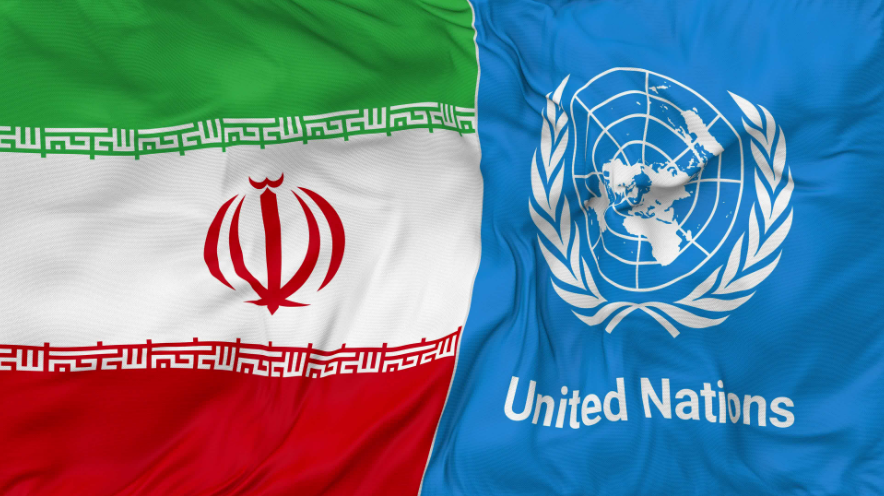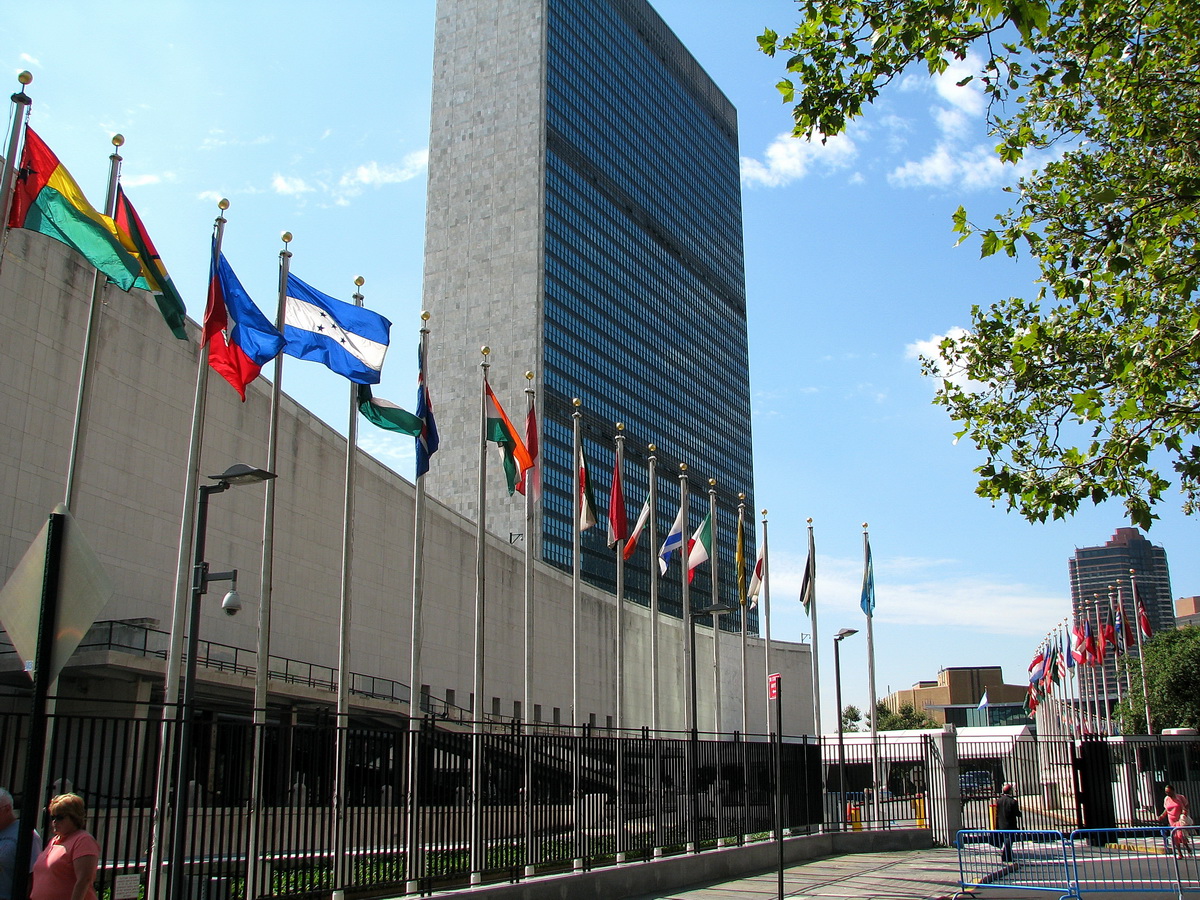Picture above: Smoke billows over Khan Yunis from Rafah in the southern Gaza strip during an Israeli bombardment.
By GREGORY ROSE and LEWI STONE. Gregory Rose is professor of international law at the University of Wollongong and Research Director at thinc. Lewi Stone is professor of mathematics at RMIT University.
The war launched by Hamas on October 7 has renewed “data wars” about the reliability of information on fatality rates in Gaza.
At the root of the data wars are accusations that Israel targets civilians rather than combatants, and Israel’s defending response that it avoids harm to civilians as much as possible. In this age of data science, it is necessary and possible to evaluate war data. We find that the data recently distributed to the public by Hamas is difficult to trust, making it an unreliable indicator of the conduct of the war.
Daily casualty data is announced by the Gaza Media Office for the Ministry of Health. It currently claims 21,000 fatalities but without identifying any as combatants. Israel claims 8000 were combatants. As observed by US President Joe Biden on October 25, scepticism about Hamas data is sensible.
The first caution is that MOH accountability for data accuracy is only to Hamas, which is recognised by Western governments as a terrorist organisation. Its director-general is a Hamas appointee and many of its doctors are Hamas supporters.
A second caution is that the historical pattern of MOH disinformation is a repeating one. During the December 2008 military conflagration with Israel, it had a written policy to restrict release of information about fallen Hamas combatants, leaving the impression that nearly all Gazans killed were civilians. The UN Human Rights Council published ainvestigative report in 2009 damning Israel accordingly. But when Hamas needed to burnish its fighters’ reputations in November 2010, the Hamas home affairs minister claimed 60 per cent of casualties in that fight were Hamas combatants. As more evidence came to light, the UN lead author disowned his own report.
Again, in August 2014, Hamas formally restricted release of information about its fallen combatants. Palestinian non-government organisations claimed 82 per cent of mortalities in military confrontation with Israel were civilians (about 4 civilians to every combatant); the UN concluded at least 72 per cent. Analysis based on published details of the fallen later identified 53 per cent of casualties as combatants, about one to one. This fourfold difference makes clear that data needs to be verified.
READ MORE: Pope calls for end to Gaza war as world celebrates Christmas | Israel-Hezbollah escalation risks war at Lebanon border | Daily casualty data is announced by the Gaza Media Office for the Ministry of Health | Israel vows to repel Hezbollah | Our final caution is that civilian to combatant ratios | because the first casualty of war is truth |
Third, the UN Office for Co-ordination of Humanitarian Affairs issued daily casualty reports, based on MOH data, that contained glaring statistical flaws. For example, they showed more women and children died than there were total fatalities on several days, such as on October 26. On October 31, only 2.8 per cent of all reported fatalities were males of combat age and, on October 29, no males at all, meaning minimal or sometimes “negative” combatant deaths. There are inexplicable large doublings in child fatalities on a single day, such as on October 18. Without documented explanations, these discrepancies suggest manipulation to inflate women and children casualties.

A fourth caution is that many Gazan casualties are directly caused by Hamas, not Israel. About 15 per cent of Gaza rockets misfire within Gaza, such as the one that landed in Al-Ahli Arab Hospital on October 16. A nontrivial percentage of Gazans are killed by Hamas accidental fire, just as Israelis are by Israel’s own accidental fire. Moreover, Hamas has deliberately fired on its own civilians to prevent them from fleeing their human shield functions. Gazan deaths caused by Hamas are likely to be at least 15 per cent of the total.
The fifth caution concerns reports from the field supporting Hamas provided by Al Jazeera, which other news agencies draw on as it operates more journalists on the ground in Gaza than any other news service. They accuse Israel of war crimes and Israel accuses them of supplying intelligence to Hamas. It is no coincidence that Al Jazeera, like Hamas, is funded by Qatar and that they work well together. Its journalists do not provide independent confirmation of Hamas data.
Our final caution is that civilian to combatant ratios are inevitably high in urban warfare. In circumstances of combatants embedding inside civilian populations, disguising as civilians and strategically using voluntary and involuntary civilians as human shields, civilian fatality ratios inevitably climb upwards. Hamas fighters seek an advantage in asymmetric warfare by exploiting these tactics. In 2022, the UN secretary-general lamented rising civilian casualty ratios globally, including up to 9:1 in urban warfare. This is a sad reality.
For example, in Mariupol in Ukraine, casualties are estimated by the UN to be about 22,000 but are more likely to be 100,000 civilians and 10,000 combatants. In the final battles with Islamic State in Mosul in 2017, civilian casualties were 9000 to 11,000 and combatants 3000 to 12,000. In the battles with the Tamil Tigers in Sri Lanka in 2009, it was about 10,000 civilians and 4000 combatants. In the current Hamas-Israel conflict, civilian casualties could be dramatically higher than any comparable urban warfare because of high-density urban settlement over 500km of Hamas military tunnels with openings in schools, mosques, hospitals and homes.

Israel nevertheless estimated a 2:1 ratio of Gazan civilian to Hamas combatant casualties in the initial air phase of the current war, before more precise ground operations. After past conflicts, Israel’s statistics on civilian casualties have been researched and shown relatively reliable, but they must be tested.
In conclusion, because the first casualty of war is truth, data wars are familiar in warfare. Casualty statistics are almost always controversial and there are at least five particular reasons Hamas data should be approached with caution. UN officials, Middle East NGOs, social media influencers and some journalists will rely on Hamas data, nevertheless, to pursue their various allegations of war crimes. But sensible people should ensure they are using objective, tested and reliable data.



